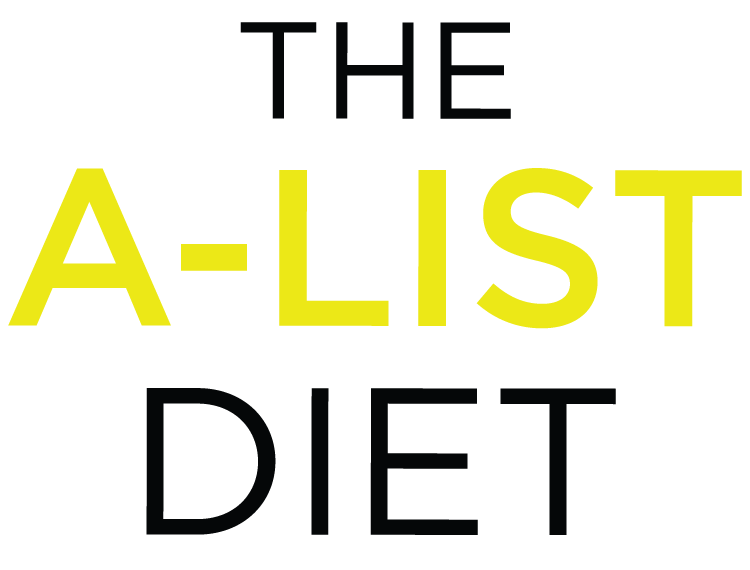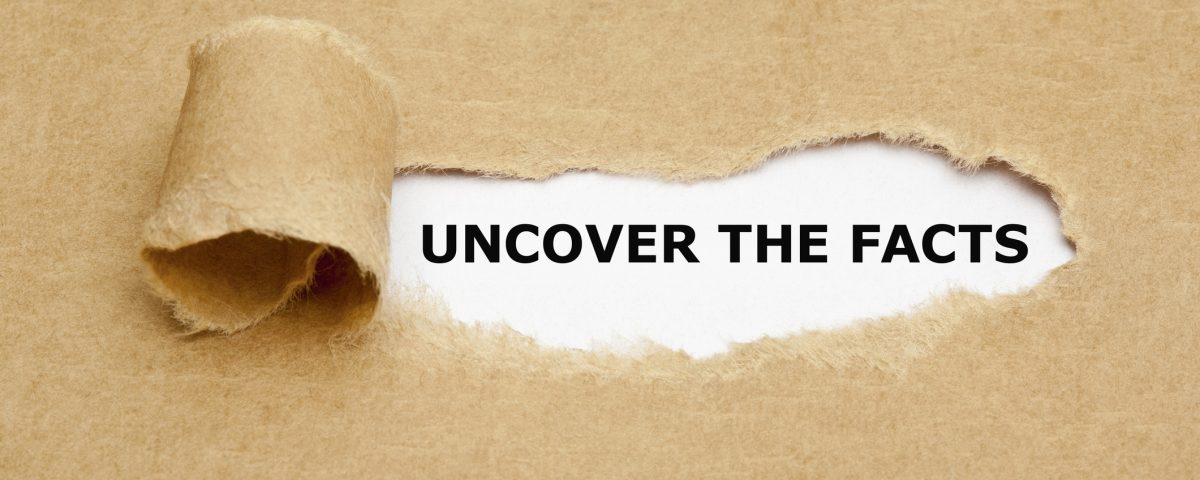As we delve into the third installment of my four-part series, “Weight loss myth busters,” I hope you’ve learned a thing or two so far. Unfortunately, there are still more myths left to be busted. So without further ado, let’s dig into some more common misconceptions that could be messing with your weight loss potential:
1) Your genes dictate if you’ll get fat.
Although genes can play an important part in weight, it’s important to note it’s not the only major factor at play. Researchers indicate that obesity is dependent not only on our genes, but our social environment as well. Factors such as income inequality, parenting, proximity to fast food restaurants, social networks, learned habits, and transportation can all play a part in our weight.
The A-List verdict:
Genetics can absolutely help you lose weight or gain it — and there’s plenty of evidence showing the part it plays in your body composition. However, having a genetic tendency towards obesity is not an end-all, be-all sentence.
And I know first-hand — I come from a family of obese and diabetic individuals and was overweight as a child. I changed all of that by committing to a better, healthier lifestyle. And because of my genetics, I’m hyper-aware of the fact that I can gain weight more quickly than most. Because of my genes, I really have to watch what I eat at all times — there’s no way around it.
The A-List Diet is based in part on the study of how nutrients (or lack thereof) in the food you eat influence the expression of your genes. In fact, all of the foods I recommend in the book were chosen specifically for their ability to combat the part of your genetics associated with weight gain and metabolic syndrome.
In other words, in The A-List Diet, I show you how to essentially hack into your genetic code to turn your weight loss genes on.
2) If you want to lose weight you should stop eating fat
This is maybe the biggest myth of the bunch—and it’s been around for a long time. In fact, a whole industry has risen up around it. Just walk into any grocery store and “fat-free,” “low-fat,” “reduced fat,” and “light” versions of foods are nearly everywhere you turn.
The problem is, most “fat-free” processed foods end up being “taste-free” as well. And to mask that lack of flavor, manufacturers add sugar, flour, thickeners, salt and other additives.
So while they may seem like the healthier option, low-fat foods won’t do you — or your waistline — any favors.
Take the full- vs. low-fat dairy argument, for example. In a 2015 study by the American Journal of Clinical Nutrition, researchers observed the dietary habits of 26,930 people. Those who consumed high-fat dairy products had the lowest incidence of diabetes. And the people who ate low-fat dairy? They had the highest diabetes rates.
In fact, the evidence that full-fat foods are healthier is so pronounced, the USDA Dietary Guidelines lifted its limit on dietary fats in 2015, killing the low-fat myth once and for all.
The A-List verdict:
The fact is, we need fat — to make brain cells, better absorb nutrients, keep our joints cushioned, synthesize vitamins, and keep us satiated so we don’t overeat. I learned this critical lesson from the best of the best — Dr. Robert Atkins. And ever since then, I’ve been a “fat pioneer,” extolling the virtues of fat and exposing sugar as the real culprit behind today’s health crises.
But of course, not all fats are created equal. And good health is more dependent on which types of fats you eat, not how much. In total, there are eight classes of fats you should know about — some of which have extraordinary potential for not just promoting health but actually fighting disease, while others do the exact opposite.
You can find my in-depth explanation of each one, how they impact your health, and which ones you should be eating — and which you shouldn’t — in chapter seven of The A-List Diet.
In the meantime, what other weight loss myths do you want put to rest? Send me an email at drfred@alistdietbook.com — your answer could be featured in a future edition of the A-List Diet e-letter.
Recipe of the Week
Try something a little different this week to keep things interesting! The A-List recipes pull from all types of cuisine and food groups.
Chinese-Style Sashimi (page 241 of The A-List Diet)
Serves 6
Ingredients:
• 1 scallion, trimmed and minced
• 1 tablespoon tamari
• 1 teaspoon toasted sesame oil
• course sea salt and freshly ground black pepper
• 1 pound skinless salmon, tuna, or wild striped bass fillet, very thinly sliced across the grain
• cilantro sprigs, for garnish
Directions:
1) Combine the scallion, tamari, sesame oil, and a pinch each of salt and pepper in a shallow bowl. Add the fish slices and toss gently to coat. Let stand for 10 minutes.
2) Transfer the fish to six chilled plates, garnish with cilantro, and serve.
One More Thing…
Most of us don’t know our genetic make-up or how it attributes to our weight. Although there are tests available, I don’t use them in practice for my patients who are trying to shed pounds.
If you’re eating a healthy diet (rich in plenty of healthy fats and inflammation-lowering foods), exercising, and getting enough sleep, I feel there’s really no need to stress about your genes.
Now I do understand that knowing this information could be a motivating factor for some — and I’m a very strong advocate of any kind self-motivation, as long as it results in healthier living for my patients. However, being healthier, stronger, and living longer should be plenty motivation to get started making a change today!
Source:
https://www.ncbi.nlm.nih.gov/pmc/articles/PMC4272668/
http://www.health.com/health/gallery/0,,20980947,00.html#myth-low-fat-foods-will-help-you-lose-weight
https://www.ncbi.nlm.nih.gov/pubmed/21729490
http://www.eatthis.com/best-full-fat-foods/

